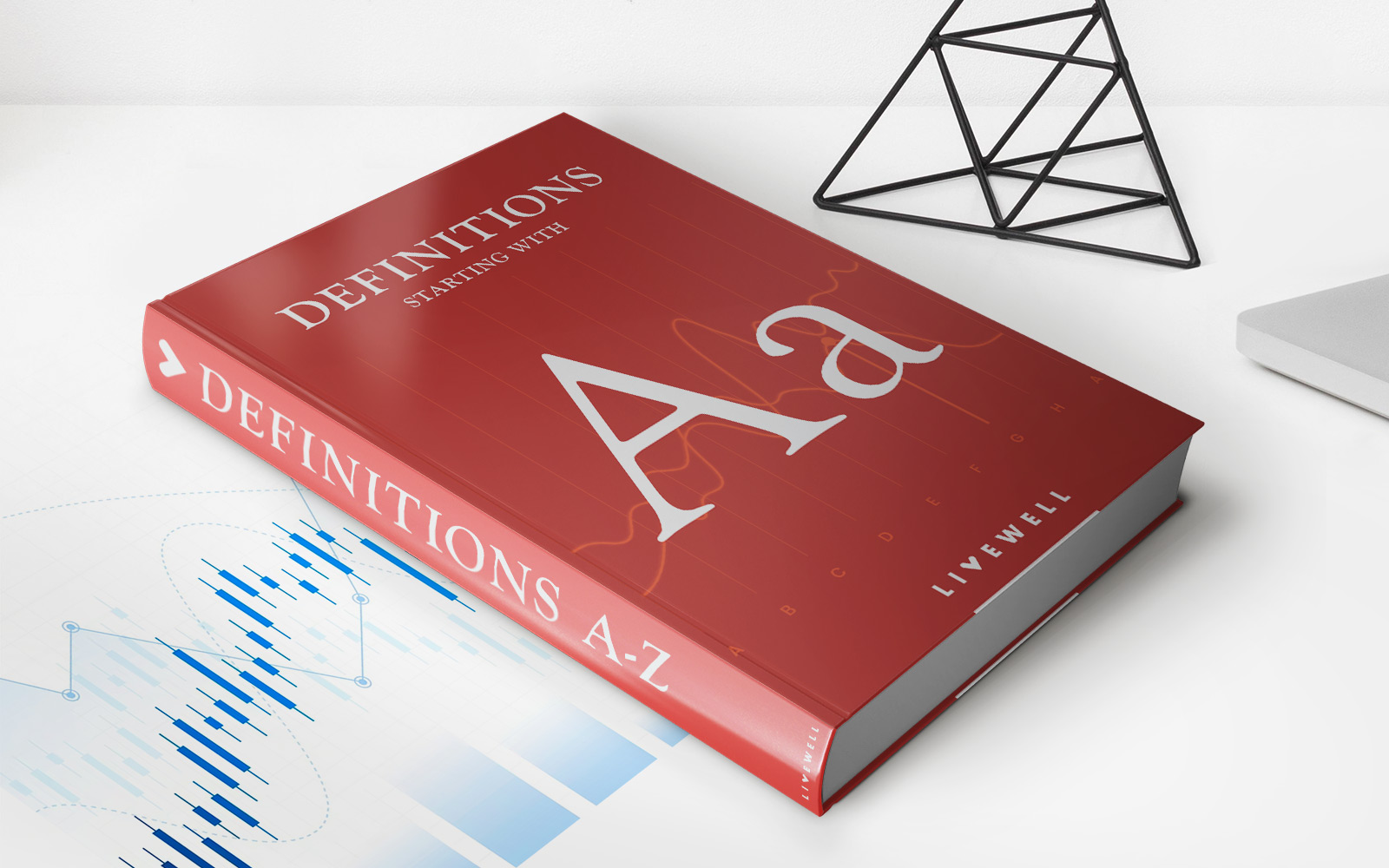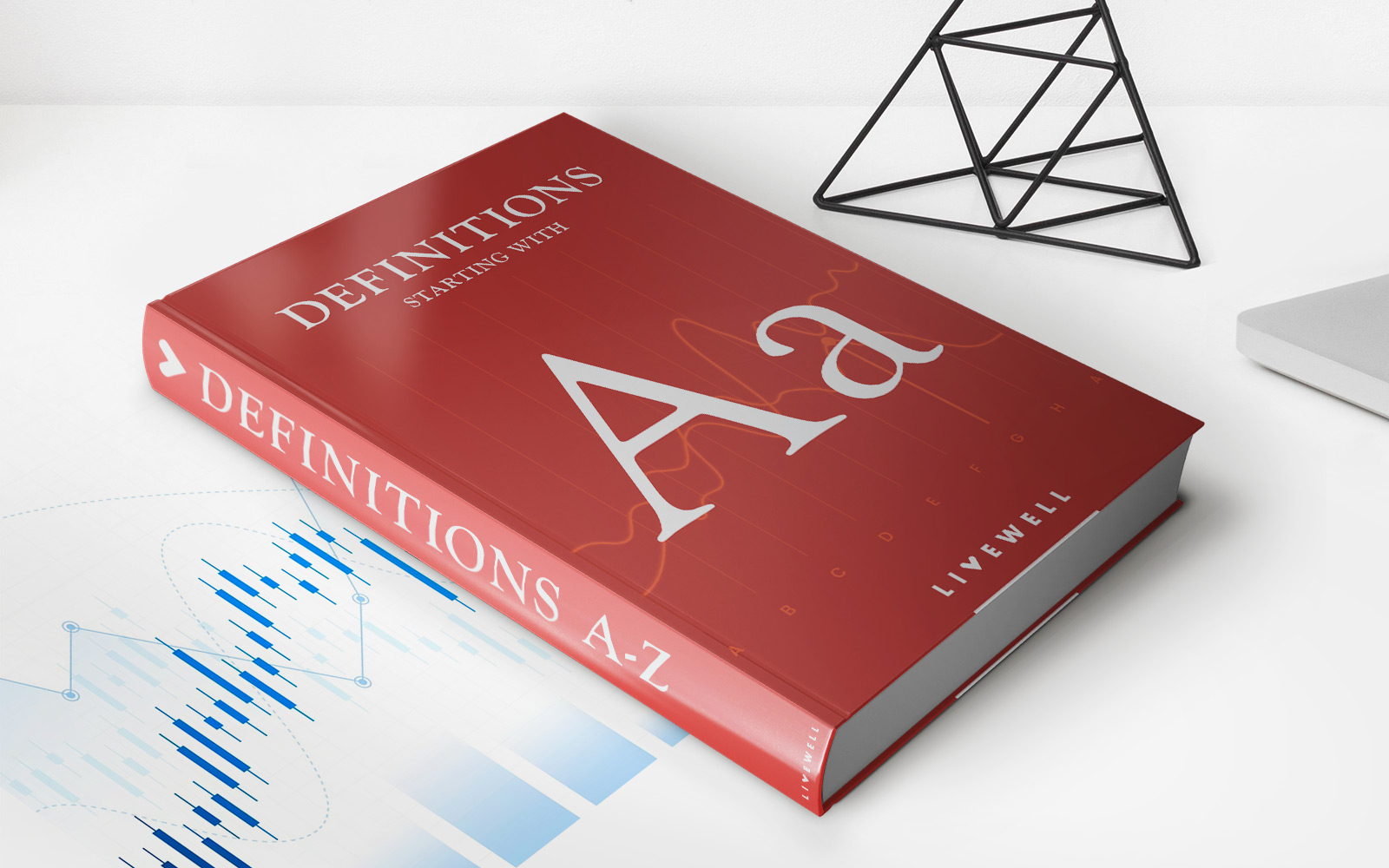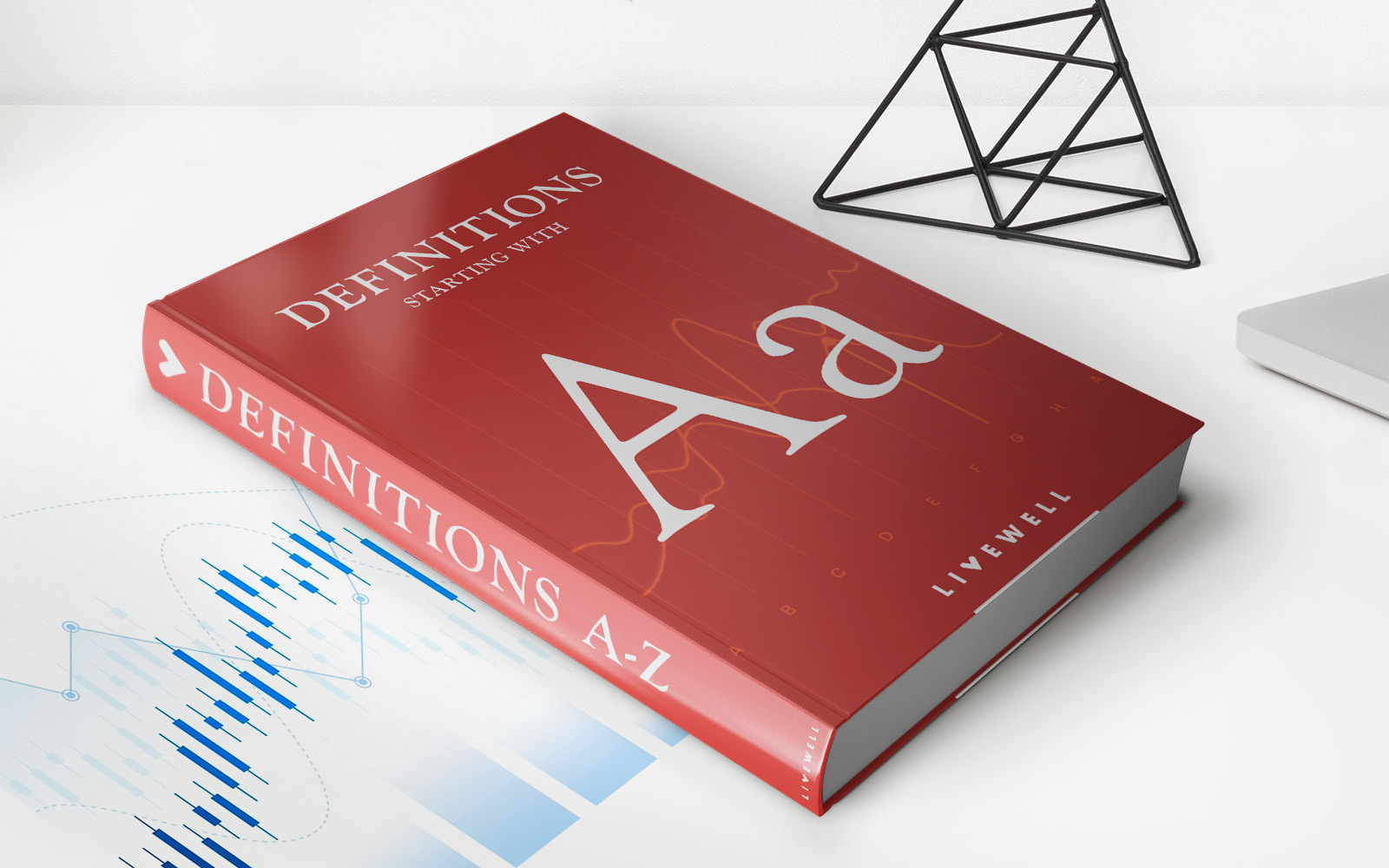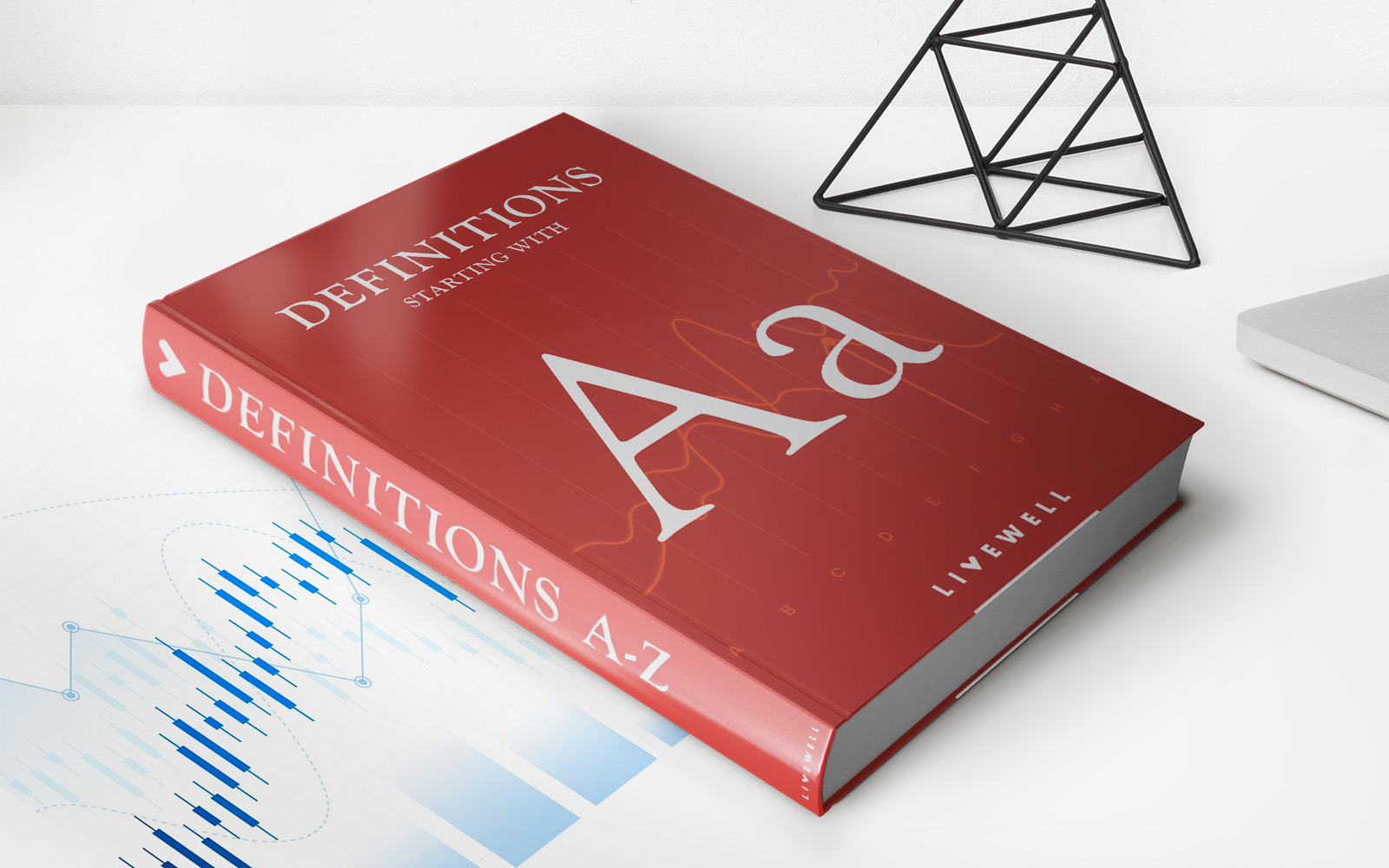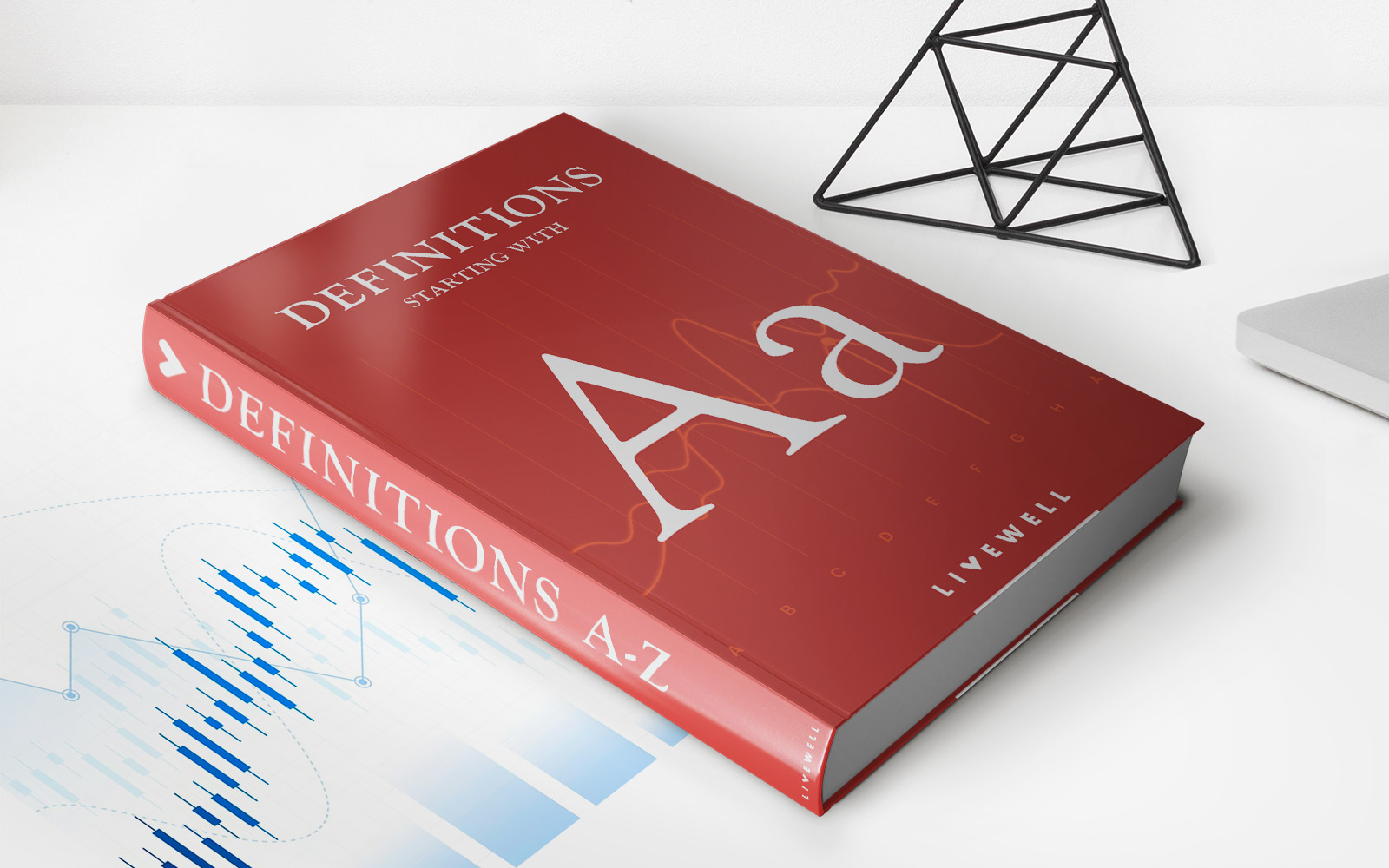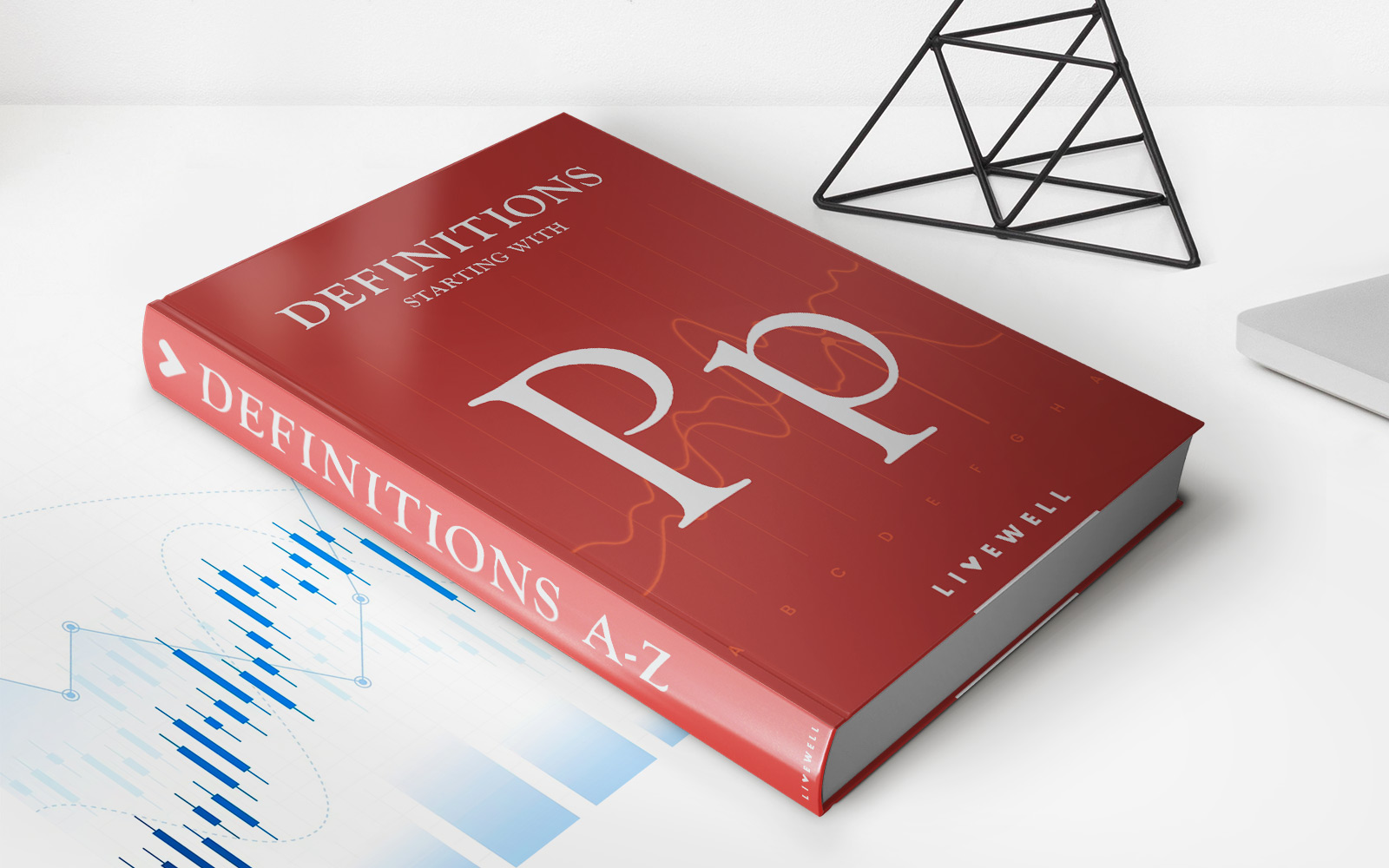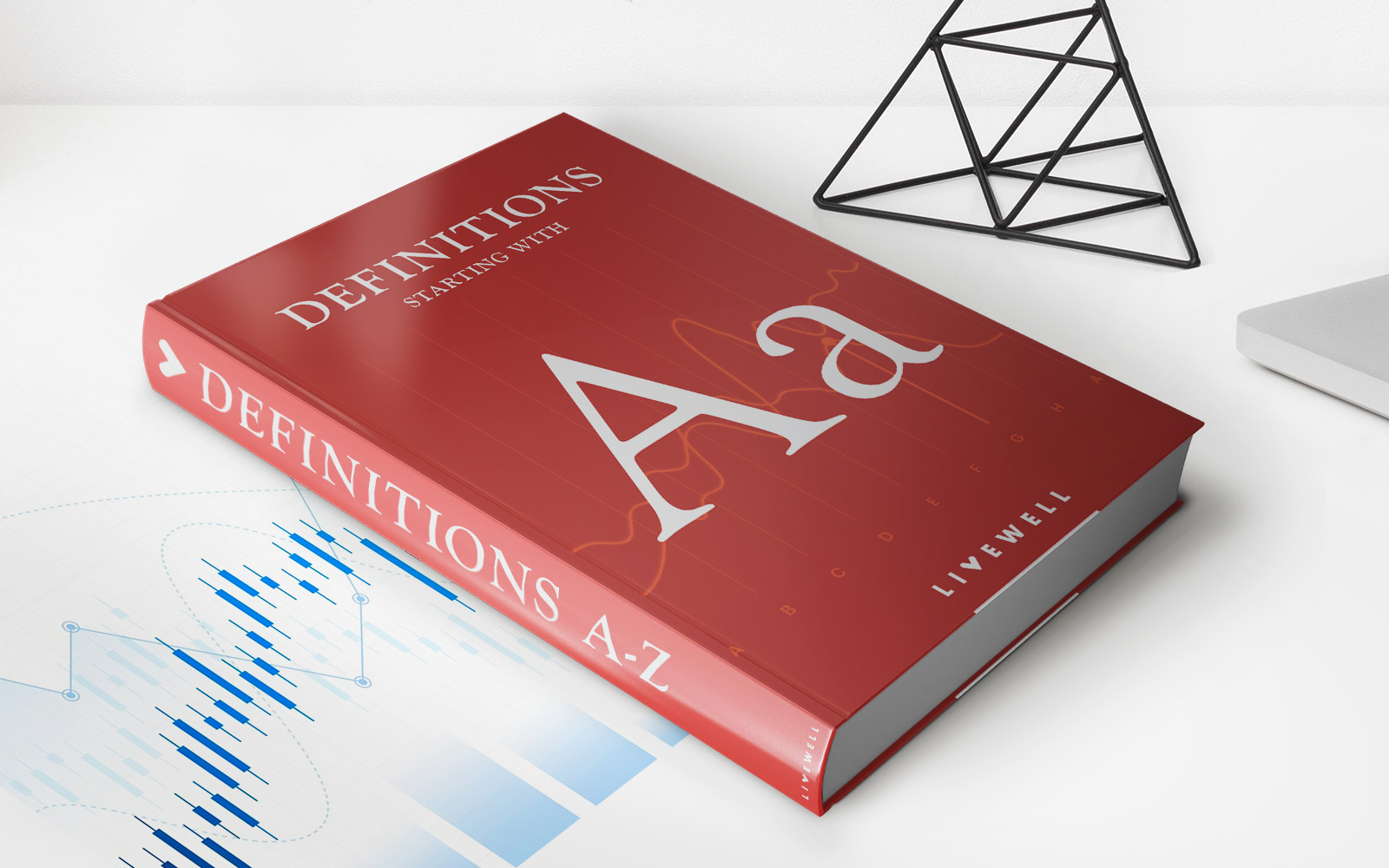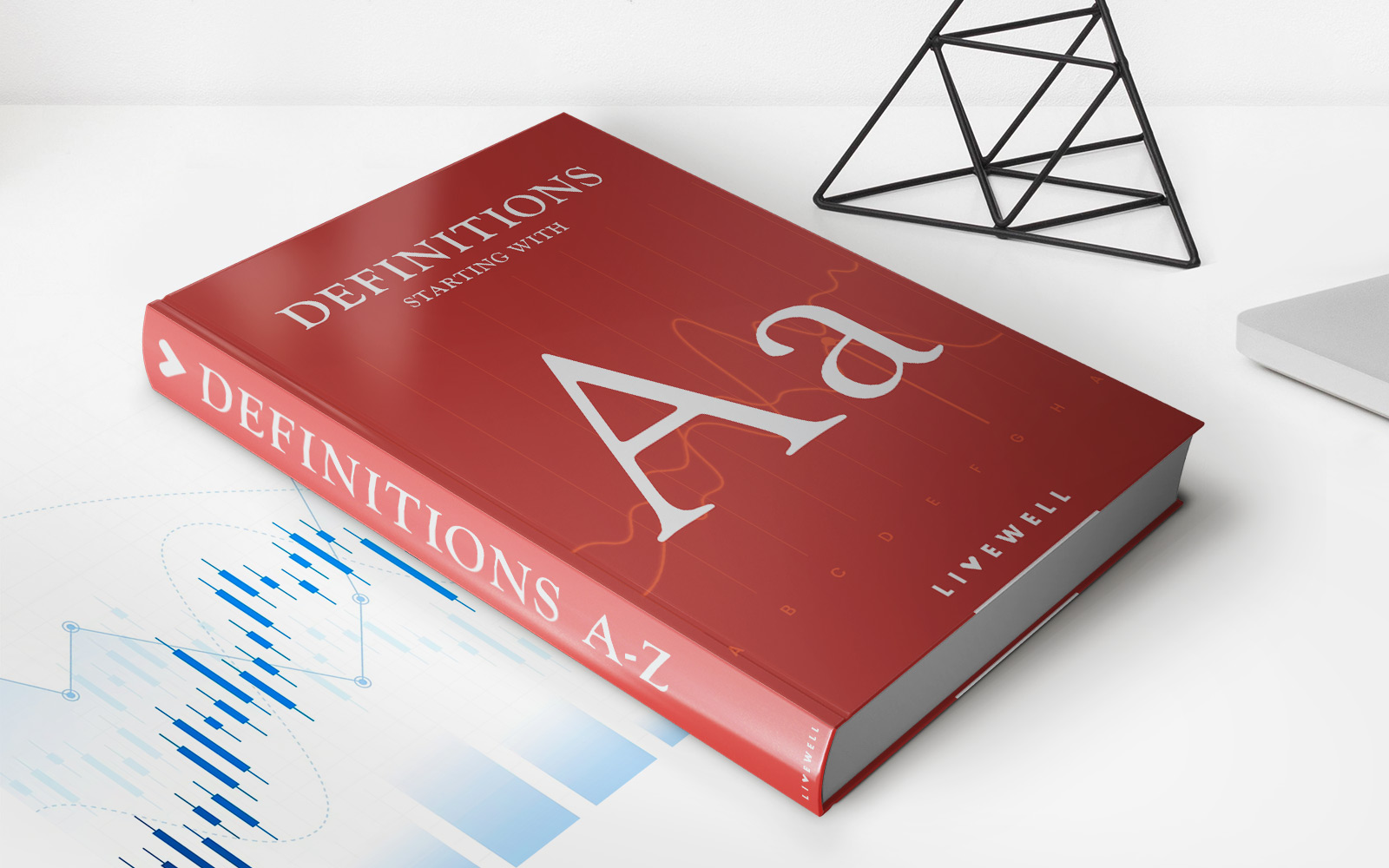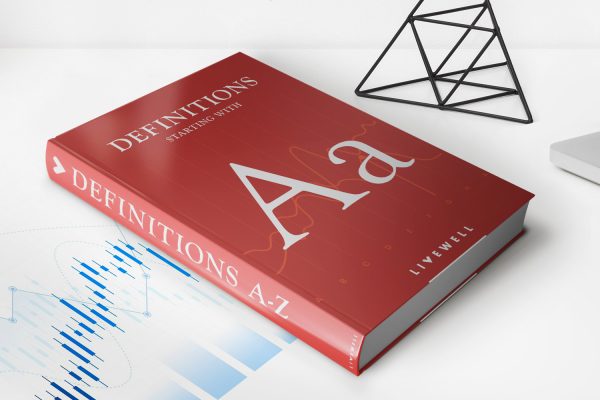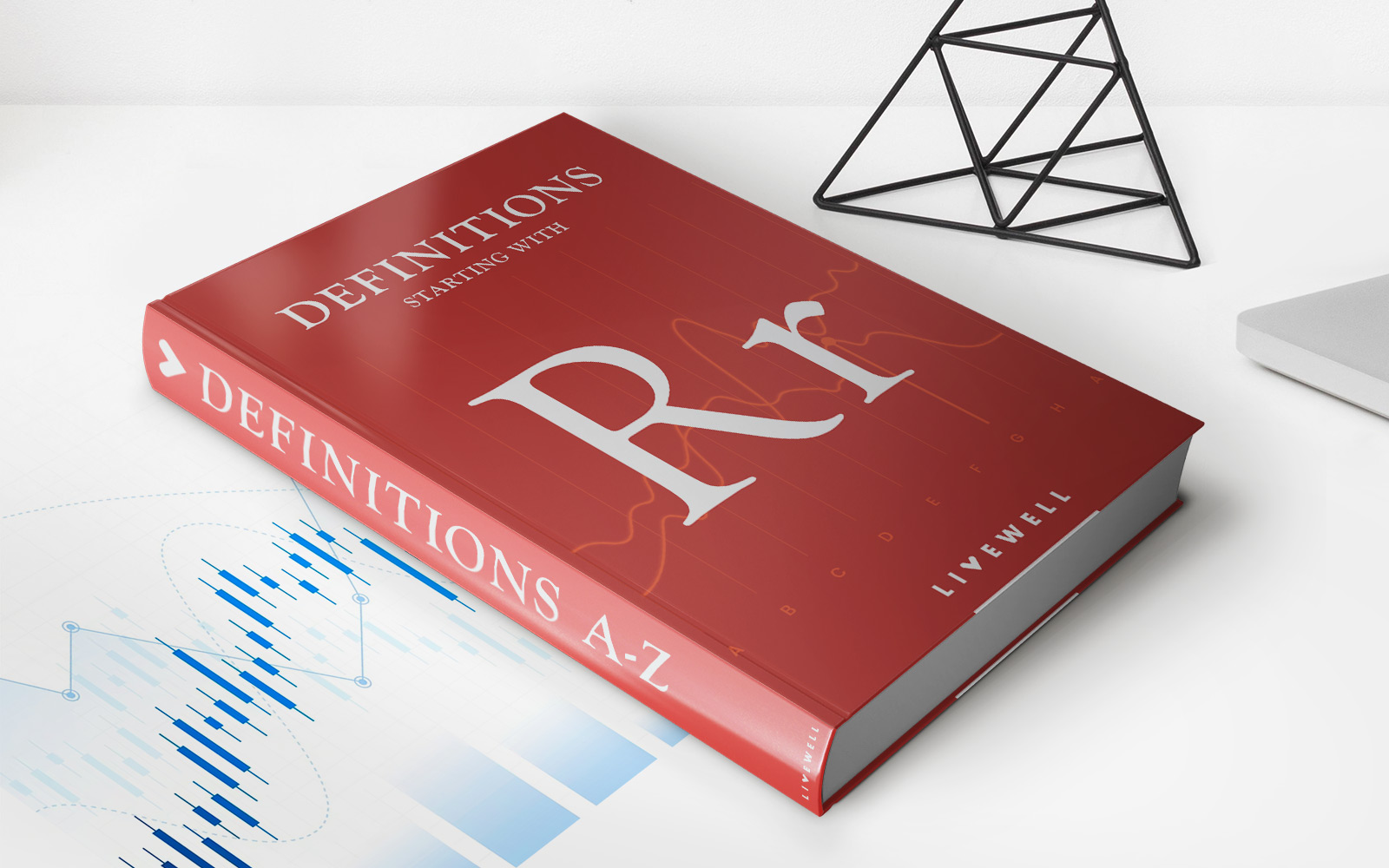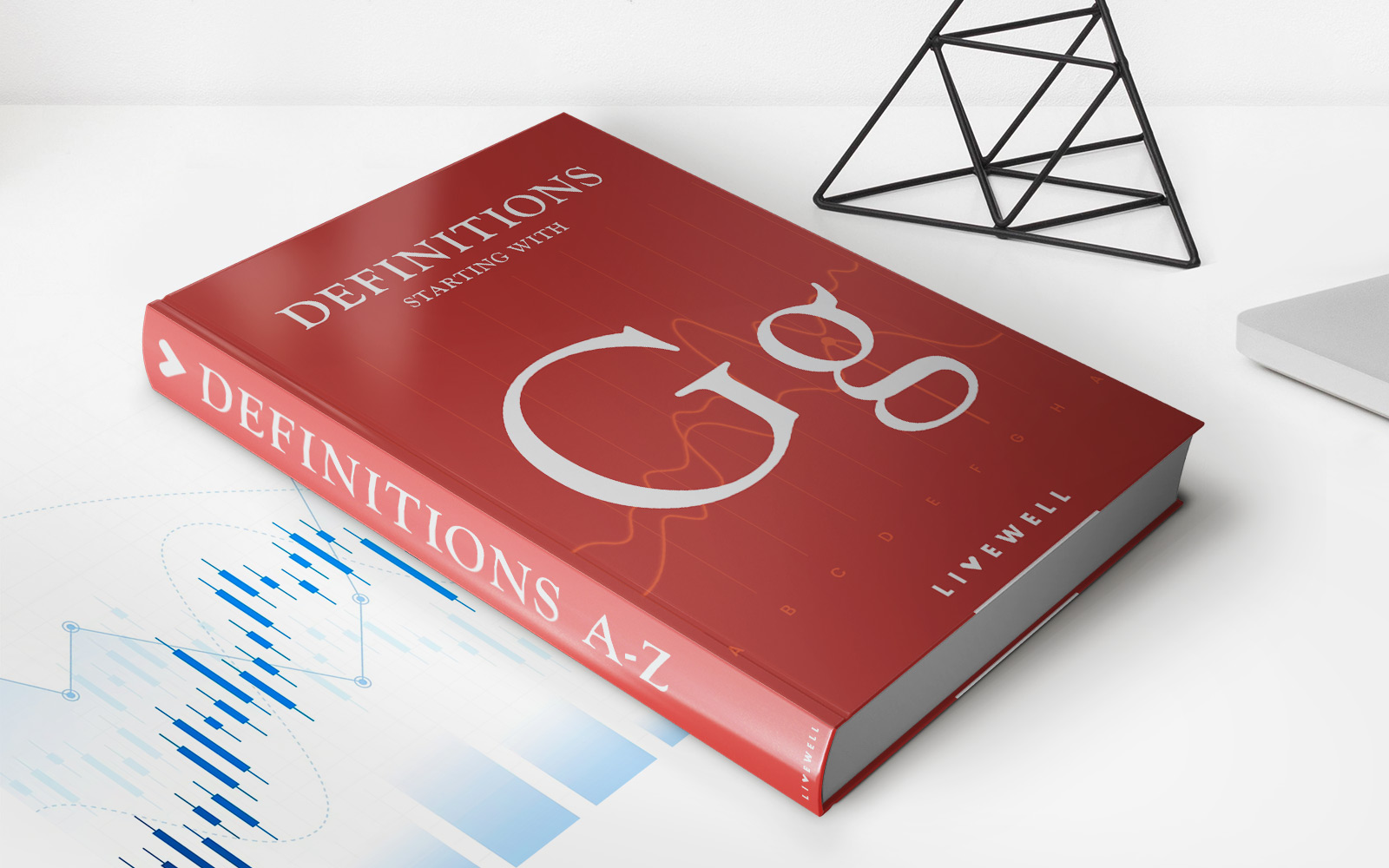

Finance
Gibson’s Paradox Definition
Published: November 30, 2023
Looking to understand Gibson's Paradox in finance? Find a clear and concise definition in our comprehensive guide.
(Many of the links in this article redirect to a specific reviewed product. Your purchase of these products through affiliate links helps to generate commission for LiveWell, at no extra cost. Learn more)
Gibson’s Paradox Definition: Understanding the Enigmatic Relationship between Interest Rates and Inflation
Finance can be a complex labyrinth of concepts and theories, and one enigmatic phenomenon that has puzzled economists for decades is Gibson’s Paradox. This financial concept explores the intriguing relationship between interest rates and inflation, revealing insights into the dynamics of market behavior and economic trends.
Gibson’s Paradox has captivated the attention of financial experts and scholars, offering valuable insights into the intricate dance between interest rates and inflation. Here, we will delve deep into this phenomenon, decoding its definition and shedding light on its implications.
Key Takeaways:
- Gibson’s Paradox refers to the historical trend showcasing a correlation between interest rates and the general level of prices.
- According to Gibson’s Paradox, when inflation rises, interest rates tend to increase as well, and vice versa.
At first, Gibson’s Paradox may appear counterintuitive. Why would higher inflation lead to higher interest rates? To answer this question, let’s take a closer look at the underlying principles of Gibson’s Paradox:
The Intricate Relationship:
Gibson’s Paradox suggests that interest rates and inflation are closely intertwined, reflecting the dynamics between supply and demand in the economy. When inflation is high, it erodes the purchasing power of currencies. In response to this, individuals and businesses tend to demand higher interest rates to offset the risk of losing out on potential gains. This increased demand for credit drives up interest rates.
On the other hand, during periods of low inflation, the risk of eroding purchasing power diminishes. As a result, individuals and businesses require lower interest rates to finance their ventures, leading to a decrease in interest rates.
This relationship between interest rates and inflation reveals an intriguing pattern that can have significant implications for investors, policymakers, and financial institutions. Understanding Gibson’s Paradox allows us to anticipate potential changes in interest rates based on inflation trends, enabling better decision-making and financial planning.
Implications and Significance:
Gibson’s Paradox holds immense significance in the world of finance. Here are a few key implications:
- Investment Strategies: Understanding this paradox can help investors make well-informed decisions by considering the potential impact of interest rate changes on their investment portfolios.
- Monetary Policy: Policymakers can utilize Gibson’s Paradox to gauge the effects of their monetary policies on interest rates and adjust strategies accordingly.
As we navigate through ever-evolving economic landscapes and strive to make sound financial choices, decoding the intricacies of Gibson’s Paradox allows us to possess a valuable tool in our financial arsenal. By grasping this paradoxical relationship between interest rates and inflation, we gain an edge in deciphering the market’s behavior and making informed financial decisions that can lead to more prosperous futures.
